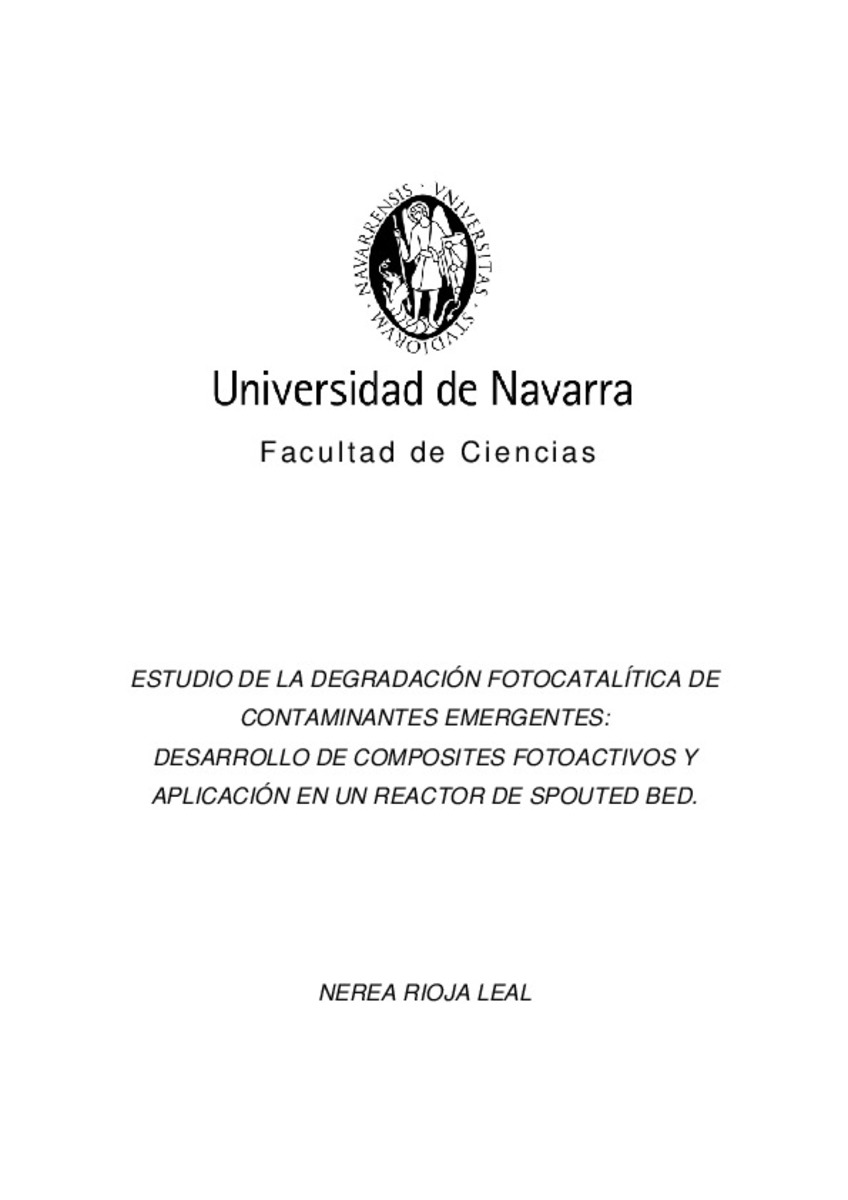Estudio de la degradación fotocatalítica de contaminantes emergentes: desarrollo de composites fotoactivos y aplicación en un reactor de spouted bed
Palabras clave :
Tecnología de aguas residuales
Control de la contaminación del agua
Química farmacéutica
Procesos tecnológicos
Materias Investigacion::Ciencias medioambientales::Contaminación y su control
Fecha de publicación :
21-nov-2019
Fecha de la defensa:
11-dic-2015
Cita:
RIOJA LEAL, Nerea. “Estudio de la degradación fotocatalítica de contaminantes emergentes: desarrollo de composites fotoactivos y aplicación en un reactor de spouted bed”. Peñas, F. J. (dir.). Tesis doctoral. Universidad de Navarra, Pamplona, 2015.
Aparece en las colecciones:
Estadísticas e impacto
0 citas en

0 citas en

Los ítems de Dadun están protegidos por copyright, con todos los derechos reservados, a menos que se indique lo contrario.







